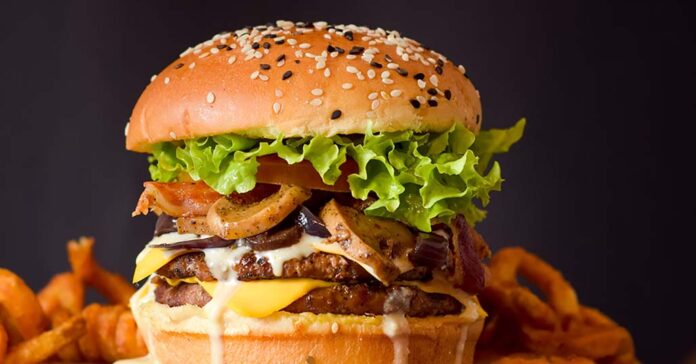Master the art of cooking burgers with a few quick-to-read tips you wish you’d known sooner! From choosing the right meat to understanding cooking times, flipping techniques, and the importance of letting your burgers rest before serving, we’ve got you covered. Whether you’re a first-timer or a seasoned griller, these tips will help you achieve juicy, flavorful burgers every time.
- Choose The Right Kind Of Meat
- Do You Need All The Classic Ingredients?
- The Importance Of Preheating Your Grill Or Pan
- Tips For Shaping The Perfect Burger Patty
- Understanding Cooking Times For Different Burger Preferences
- The Art Of Achieving a Juicy And Tender Burger
- Flipping Techniques For Even Cooking
- Toppings and Condiments to Enhance Your Burger Experience
- Toasting Buns For Added Flavor And Texture (And Preventing Soggy Buns)
- Letting Burgers Rest Before Serving – Why It Really Matters
- Creative Burger Variations To Try On Your Next Cookout
- A Word About Pans
Check out also: Delicious Burgers With No Lettuce And No Pickles – Our Secret Recipe!
1. Choose The Right Kind Of Meat
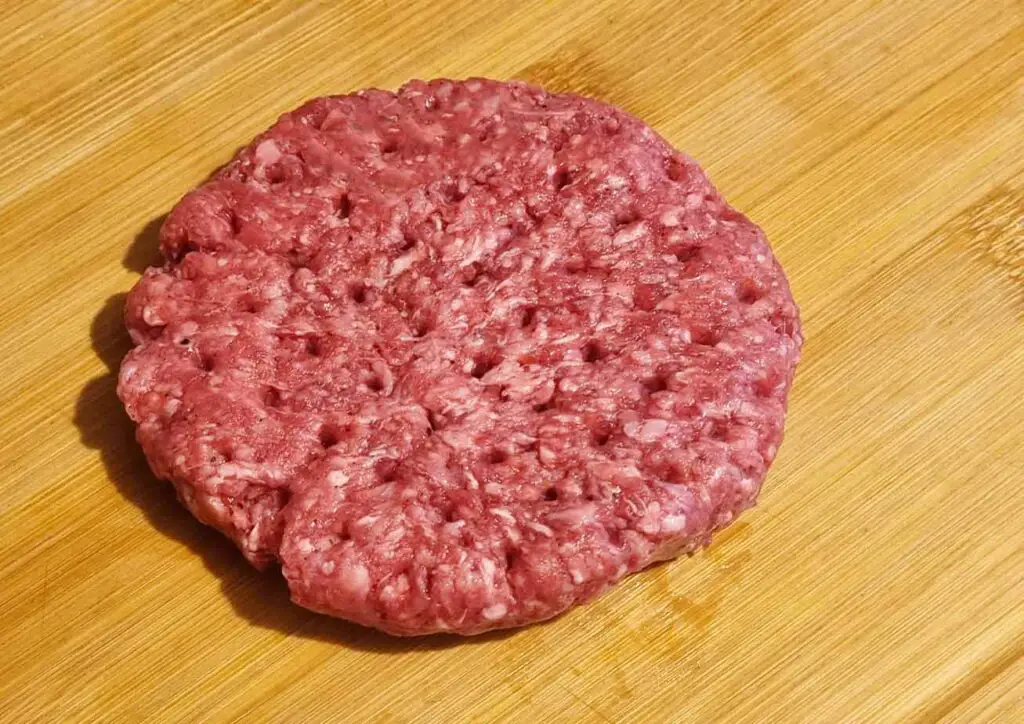
Choosing the right kind of meat is the first step in creating a delicious burger. While it’s tempting to go for lean cuts to keep things healthy, remember that a good burger needs some fat for flavor. A blend of 80% meat to 20% fat is generally recommended for juicy, flavorful burgers.
Ground chuck, a cut from the shoulder, is basically the most popular and the safest choice due to its ideal meat-to-fat ratio. If you’re unsure, don’t hesitate to ask your local butcher for advice. They can guide you towards the best cuts for your burgers!
2. Do You Need All The Classic Ingredients?
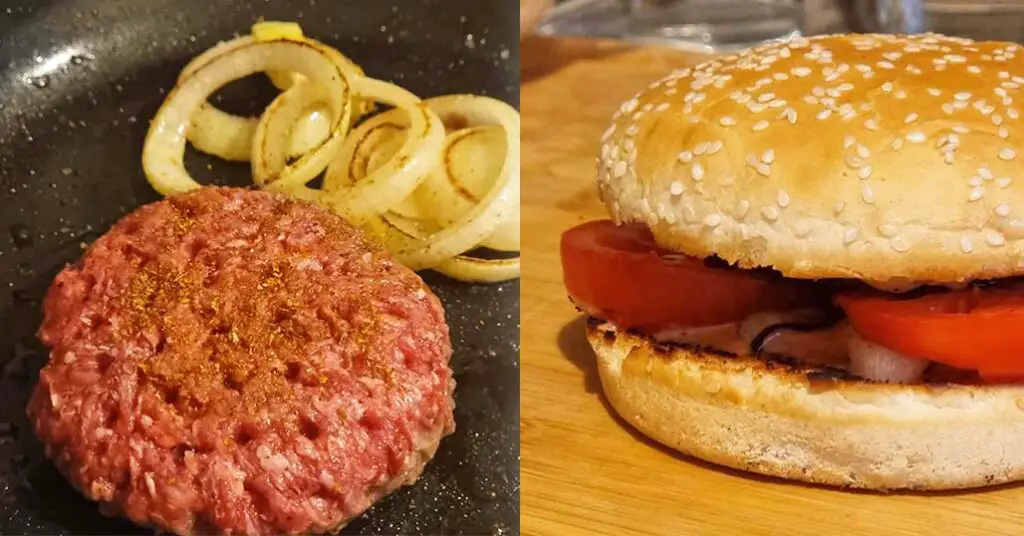
When it comes to burger ingredients, there’s a lot of room for personal preference. While lettuce and pickles are traditional, they’re not mandatory. A burger can be just as delicious without them. The key is to balance flavors and textures.
If you’re not a fan of pickles or lettuce, consider other fresh elements like tomatoes or onions. Or, try our recipe that skips the pickles and lettuce altogether. Remember, the best burger is the one you enjoy the most.
Check out the full recipe here! – Delicious Burgers With No Lettuce And No Pickles – Our Secret Recipe!
3. The Importance Of Preheating Your Grill Or Pan
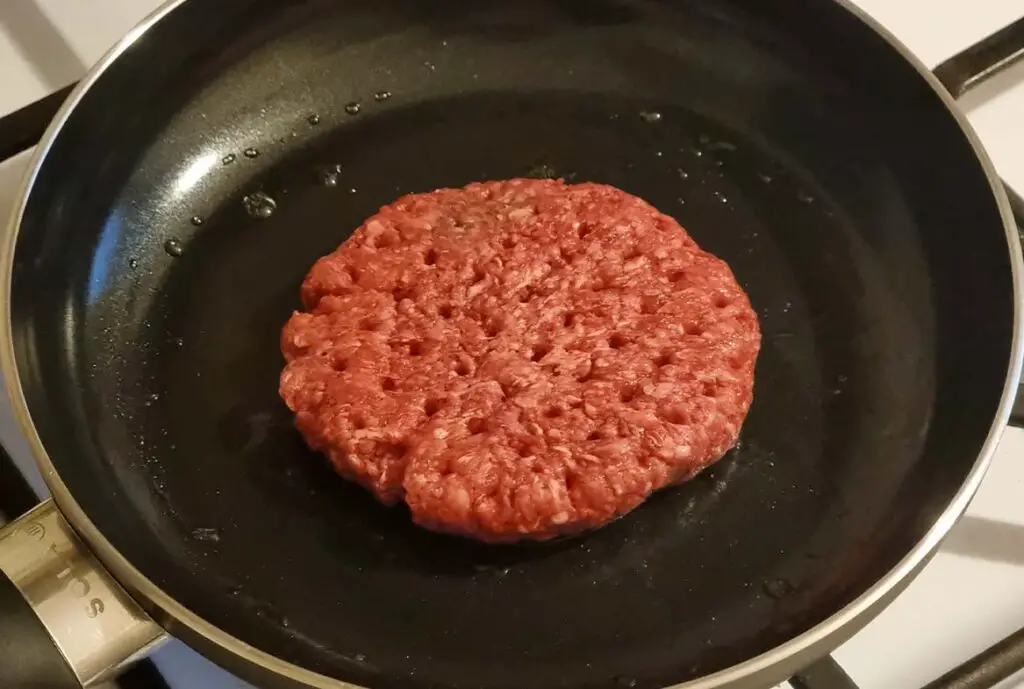
Preheating your grill or pan is a step that should never be skipped when cooking burgers. Why? Because it ensures that your meat will be cooked evenly. If you put your patties on a cold grill or pan, they will cook unevenly, often resulting in a burger that’s burnt on the outside and raw on the inside.
Preheating also helps to sear the meat quickly, locking in the juices and flavors. So, before you start cooking, make sure your grill or pan is hot enough. You can test this by sprinkling a few drops of water on it. If they sizzle and evaporate quickly, your grill or pan is ready.
4. Tips For Shaping The Perfect Burger Patty
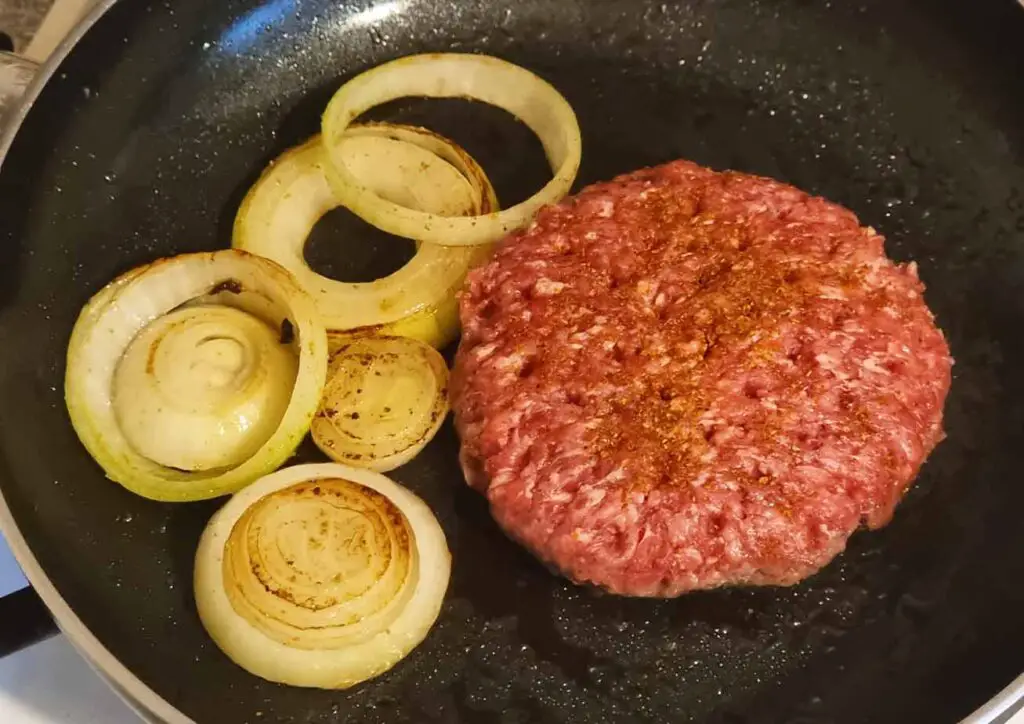
Shaping your own patties gives you control over the size, thickness, and even the flavor of the finished burger. Start with a ball of meat and gently flatten it into a disc. Make sure it’s even but not too thin – about ¾ inch thick is ideal. A common trick not many beginners know is to make a small indentation in the center of the patty to prevent it from puffing up during cooking.
As for pre-made patties, they can be a time-saver, but you need to be sure that you’re able to get quality pre-packed burger patty meat in your desired shape and size in your local store. If you do go this route, choose high-quality options with minimal additives. Remember, the best burger is the one you enjoy making and eating!
5. Understanding Cooking Times For Different Burger Preferences
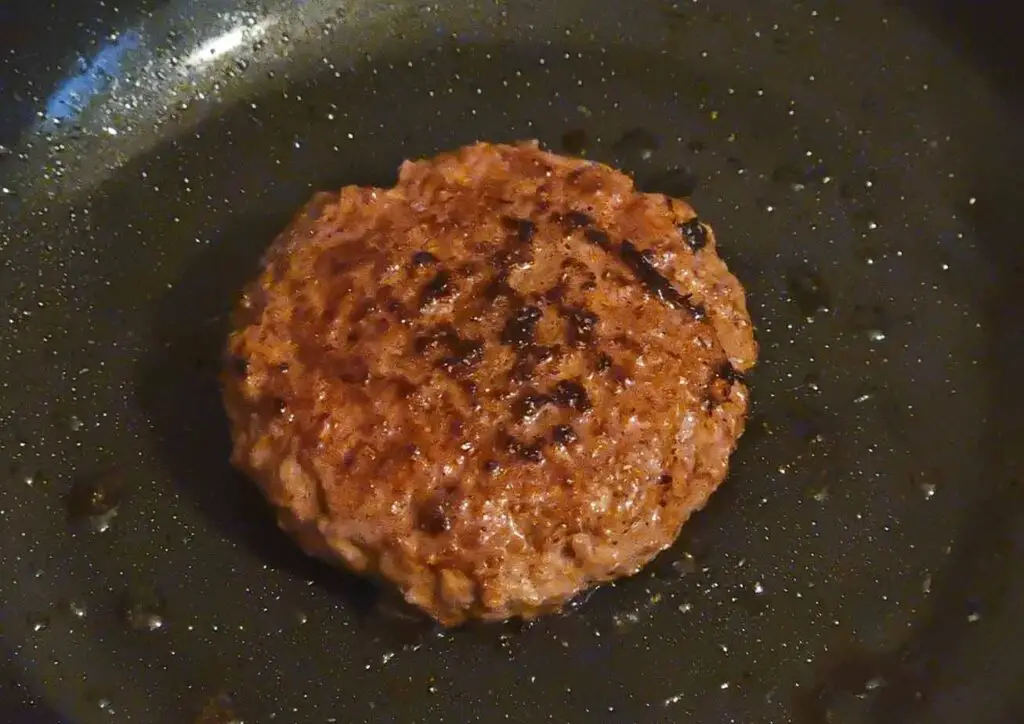
Cooking times for burgers can vary greatly depending on how you like your meat cooked. For a rare burger, you’ll want to cook it for about 4 minutes on each side. If you prefer your burger medium-rare, aim for 5 minutes per side. For a medium burger, 6 to 7 minutes per side should do the trick. And if you like your burger well-done, you’ll need to cook it for about 8 minutes on each side.
Here are the more detailed tables for different burger meat cooking times:
| Doneness Level | Description | Internal Temperature | Cooking Time Per Side |
|---|---|---|---|
| Rare | Cool, red center | ~125°F (52°C) | ~3 minutes |
| Medium Rare | Warm, red center | ~130°F (54°C) | ~4 minutes |
| Medium | Pink center | ~140°F (60°C) | ~5 minutes |
| Medium Well | Slightly pink center | ~150°F (66°C) | ~6 minutes |
| Well Done | Cooked through, little to no pink | ~160°F (71°C) | ~7 minutes (and up) |
Remember, these values are just simplified guidelines. Factors like the thickness of your patty and the heat of your grill or pan can and will affect cooking times. Always use a meat thermometer to ensure your burger is has reached a safe and desired internal temperature during the cooking process.
6. The Art Of Achieving a Juicy And Tender Burger
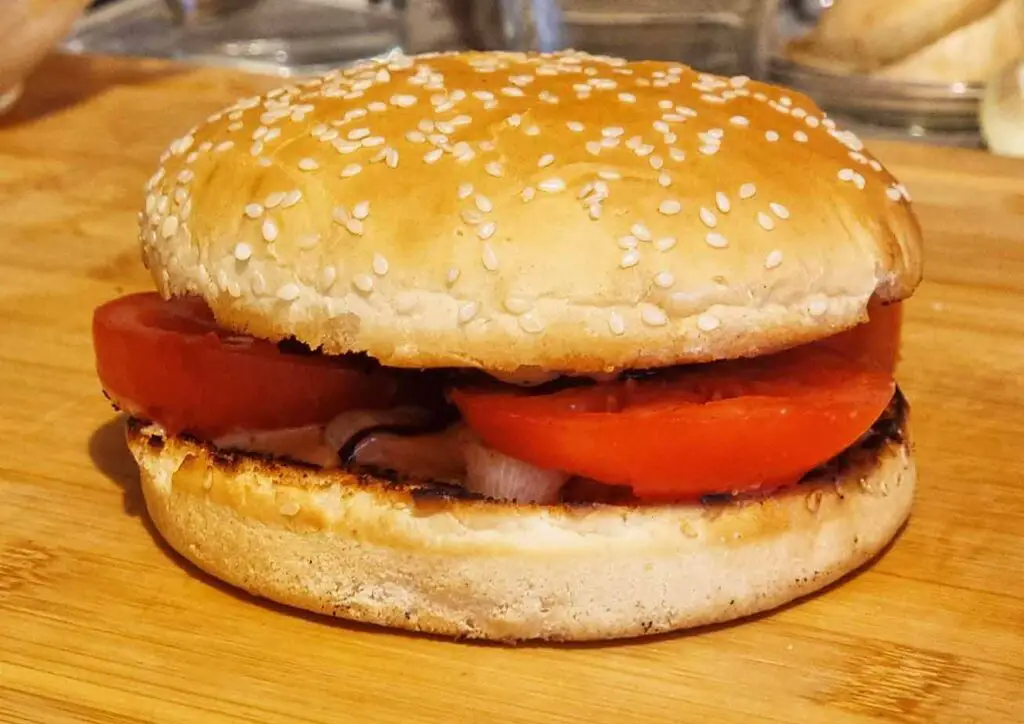
A juicy, tender burger is the holy grail of any burger enthusiast. Achieving this, however, requires a bit of know-how. First, don’t overwork your meat. The more you handle it, the tougher your burger will be. Second, make sure your grill or pan is hot enough before you start cooking. This will sear the outside of the burger, locking in the juices inside.
Third, resist the urge to press down on your burger while it’s cooking. This will squeeze out all those delicious juices, leaving you with a dry, tough patty. Lastly, let your burger rest for a few minutes after cooking. This allows the juices to redistribute throughout the patty, resulting in a burger that’s juicy and tender from the first bite to the last.
7. Flipping Techniques For Even Cooking
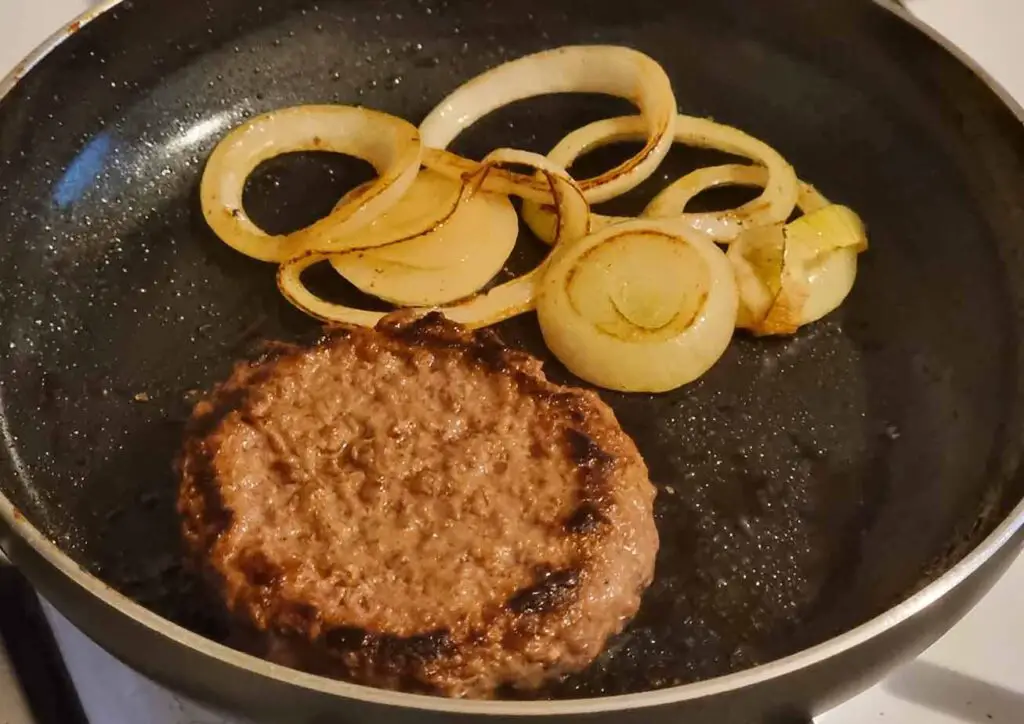
Flipping your burger only once is a technique that many chefs swear by. The idea is to allow the burger to cook evenly on one side, forming a nice crust before flipping it over to cook on the other side. Don’t disturb the cooking process by moving the patty around. Standard size patties will cook much better and more evenly when you just leave them be on the pan and only flip them only halfway through the whole process. Trust us on this one!
If you’re a beginner, you can of course always check if the bottom side of the patty is done by lifting it a little bit using a spatula. Just be careful not to damage your pan if it has non-stick coating on its surface!
8. Toppings and Condiments to Enhance Your Burger Experience
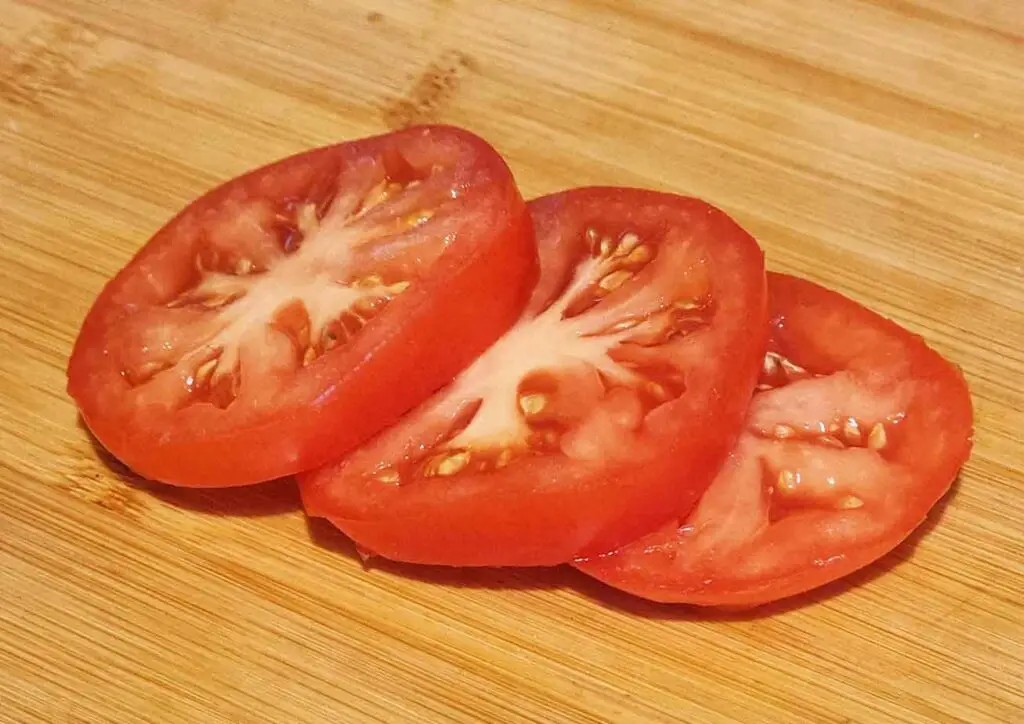
The beauty of burgers lies in their versatility. You can experiment with a variety of toppings and condiments to create a unique flavor profile. Traditional toppings include cheese, tomatoes, onions, and pickles. For condiments, ketchup, mustard, and mayo are the classics.
But don’t limit yourself. Try adding avocado, bacon, or even a fried egg. As for condiments, consider barbecue sauce, aioli, or a spicy sriracha mayo. Remember, the key is to balance flavors. Too many toppings can overpower the taste of the meat, while too few can make the burger bland.
9. Toasting Buns For Added Flavor And Texture (And Preventing Soggy Buns)
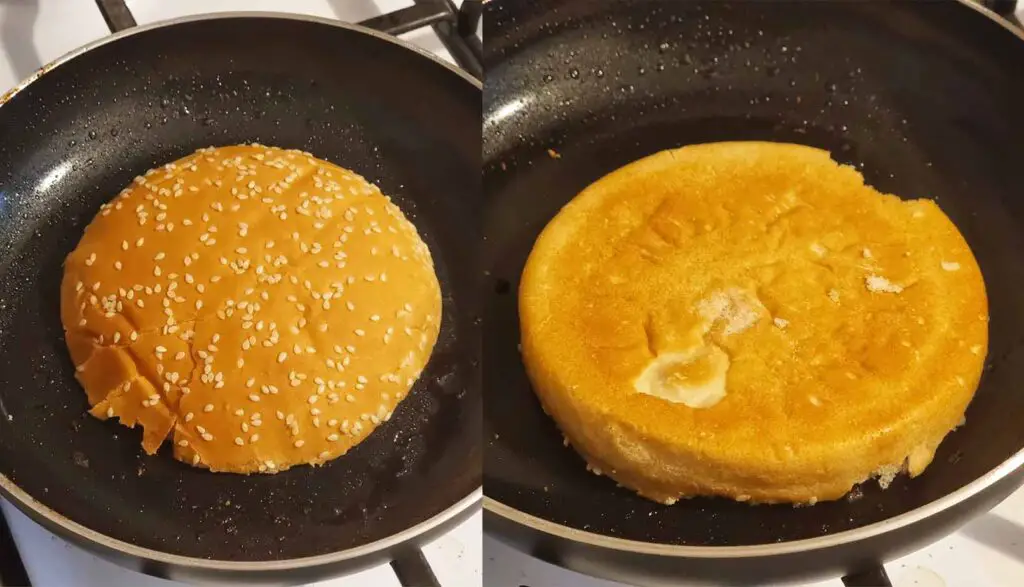
Toasting burger buns properly is an important part of your burger-making journey. Not only does it add a delightful crunch and a slightly smoky flavor, but it also creates a barrier that prevents the bun from soaking up the burger’s juices and becoming soggy.
Simply spread a thin layer of butter on each half and toast them on the grill or a pan you’ve just cooked the meat and onions on for about a minute or until they’re golden brown. You can also do this without butter if you want to. Trust me, once you start toasting your buns, there’s no going back.
Don’t want your first burgers to come out soggy? – You’ve got to read this then! – How To Prevent Burger Buns From Getting Soggy – Our Best Tested Ways!
10. Letting Burgers Rest Before Serving – Why It Really Matters
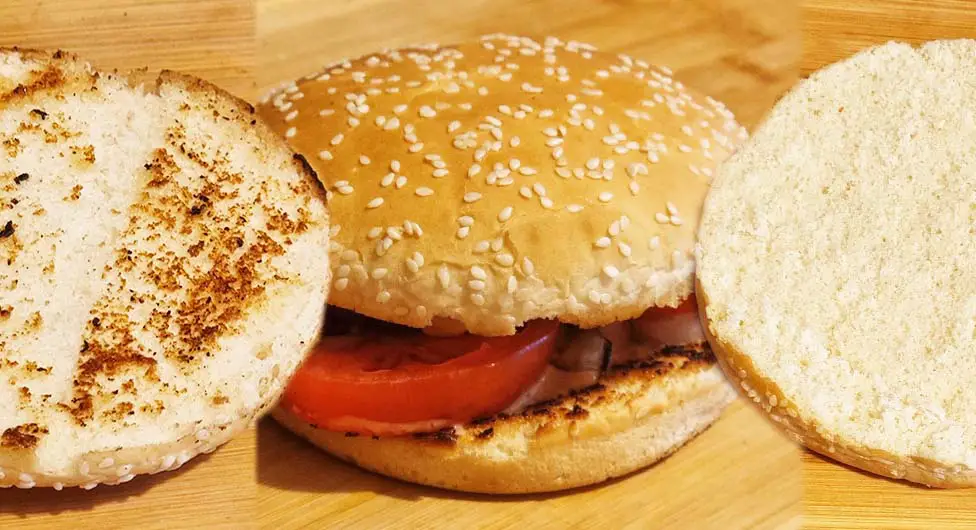
Let’s be honest, when that burger is sizzling on the grill, it’s tempting to serve it up hot and fast. But here’s a tip I’ve learned from experience: let your burgers rest before serving. Why? It allows the juices to redistribute throughout the patty, making your burger even more flavorful and juicy.
If you cut into or bite a burger right off the grill, those delicious juices will end up on your plate, not in your mouth. So, as hard as it may be, give your burgers a little rest before serving. Trust me, your taste buds will thank you.
11. Creative Burger Variations To Try On Your Next Cookout
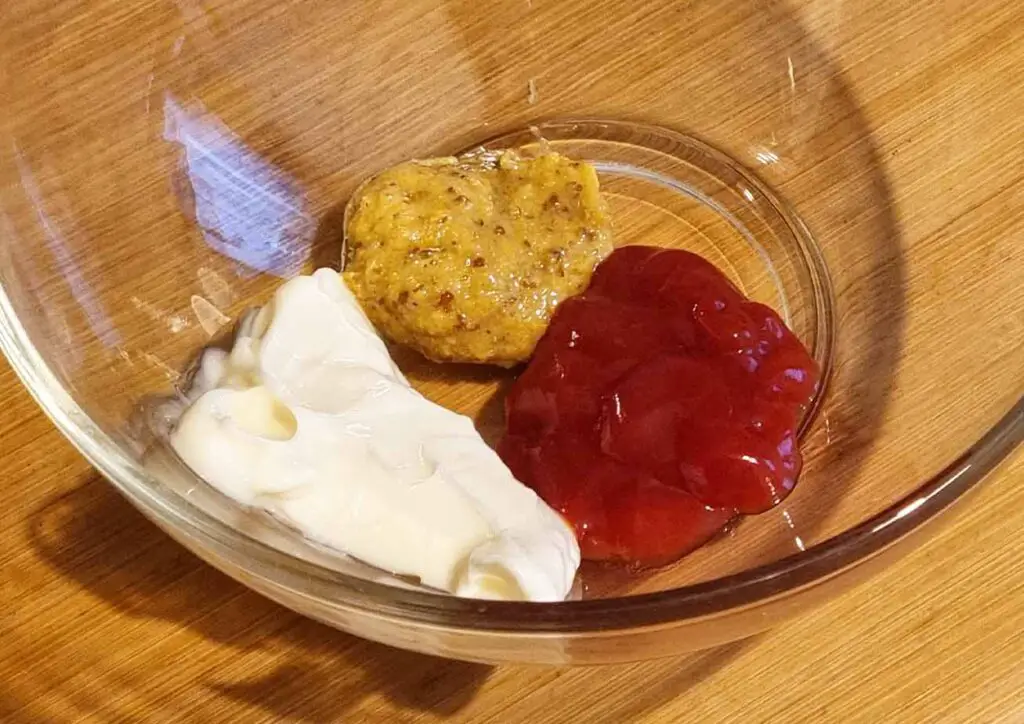
Don’t be afraid to get creative with your burgers. The beauty of cooking your own is that you can experiment with different flavors and combinations. Try adding some blue cheese and caramelized onions for a gourmet touch, or spice things up with jalapenos and pepper jack cheese.
Try out different delicious homemade sauces, as these can really introduce some amazing flavor qualities into your own craft burger creations! You can even go beyond the traditional beef patty and try making turkey, chicken, or even veggie burgers. The possibilities are endless, so let your culinary creativity run wild!
12. A Word About Pans
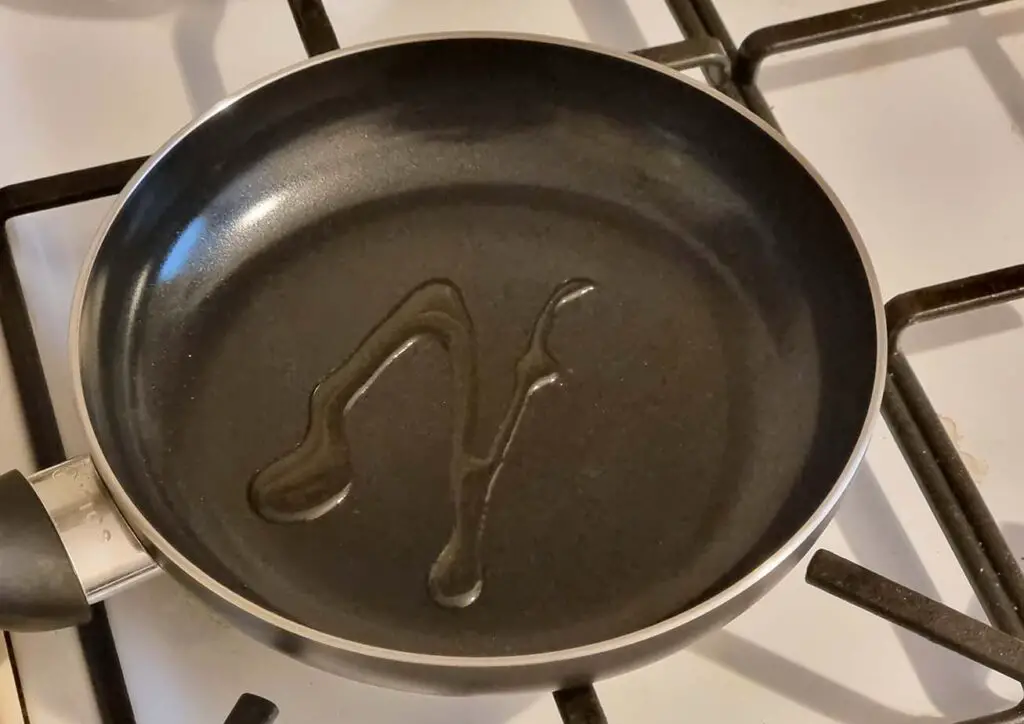
Choosing the right pan can make a significant difference in your burger-cooking experience. If you’re cooking indoors, a cast-iron skillet is your best bet. It retains heat well and can help you give the burgers a nice, even sear.
Non-stick pans will of course work too as you can see on the image above! If you’re using a grill, make sure it’s clean and well-oiled to prevent sticking. And remember, no matter what kind of pan or grill you’re using, preheating is key!
You might also like: Air Fried Zucchini Slices Quick Recipe! – No Breading!


